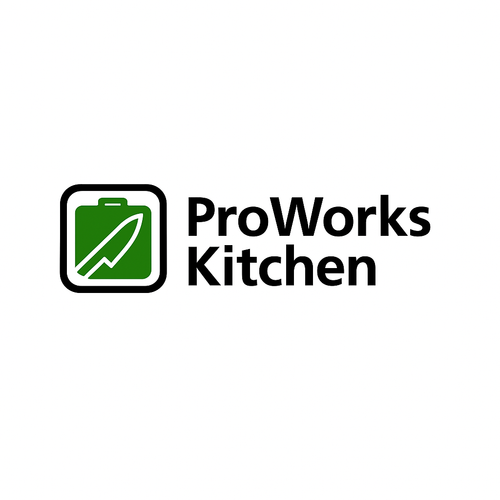Your cutting board might be one of the most dangerous tools in your kitchen—more dangerous than you realize. Despite its role in food prep, cutting boards are actually a breeding ground for bacteria. Whether you’re using plastic, wood, or another material, bacteria can easily thrive on your cutting board if it isn’t cleaned properly. Let’s take a closer look at why most cutting boards harbor bacteria and how you can make your kitchen a safer place.
How Cutting Boards Become a Breeding Ground for Bacteria
Every time you chop raw meat, vegetables, or even fruits, tiny cuts and grooves are made in your cutting board’s surface. These grooves trap food particles, liquids, and bacteria, making it difficult to fully clean the board after use. Even with a thorough wash, these hidden bacteria can continue to grow and multiply. When you use your cutting board again, it’s likely that the bacteria from previous uses are still lurking—ready to contaminate your food.
Plastic Cutting Boards: The Bacteria Trap
Plastic cutting boards are the most common in kitchens, but they come with a hidden downside: deep knife cuts. Over time, plastic boards develop deep grooves from regular use. These grooves create perfect hiding spots for bacteria to live in, especially after cutting raw meat or poultry. Even if you wash your plastic cutting board after every use, it’s nearly impossible to remove all the food particles and bacteria that get trapped in the grooves. Plastic boards may look clean, but they’re still harboring germs beneath the surface.
Wooden Cutting Boards: Not Much Better
While wooden cutting boards are often praised for their aesthetic appeal and knife-friendly surfaces, they aren’t immune to bacteria. Wood is a porous material, meaning it can absorb moisture, food particles, and bacteria. The deep knife marks created over time can trap food particles and moisture, providing the perfect environment for bacterial growth. Even though wood has natural antimicrobial properties, it’s not enough to prevent bacteria from building up in the cracks and grooves of the board.
The Best Solution: Stainless Steel and Titanium
If you’re concerned about bacteria buildup, it’s time to make the switch to 304 stainless steel or 99.8% pure titanium cutting boards. These materials are non-porous, meaning bacteria cannot get trapped in the grooves. Stainless steel and titanium are incredibly easy to clean and sanitize—simply rinse them or toss them in the dishwasher. Plus, these materials are resistant to scratches, so they won’t develop deep grooves over time, keeping your cutting surface cleaner and more hygienic.
Why Stainless Steel and Titanium Cutting Boards Are the Safer Option
- Hygienic: These materials are non-porous, making them resistant to bacteria buildup.
- Easy to clean: A simple rinse or a dishwasher wash ensures your cutting board is bacteria-free.
- Durable: Stainless steel and titanium won’t develop grooves like plastic and wood, preventing bacteria from accumulating.
- Long-lasting: Both materials are highly durable, making them a more cost-effective, long-term choice for your kitchen.
